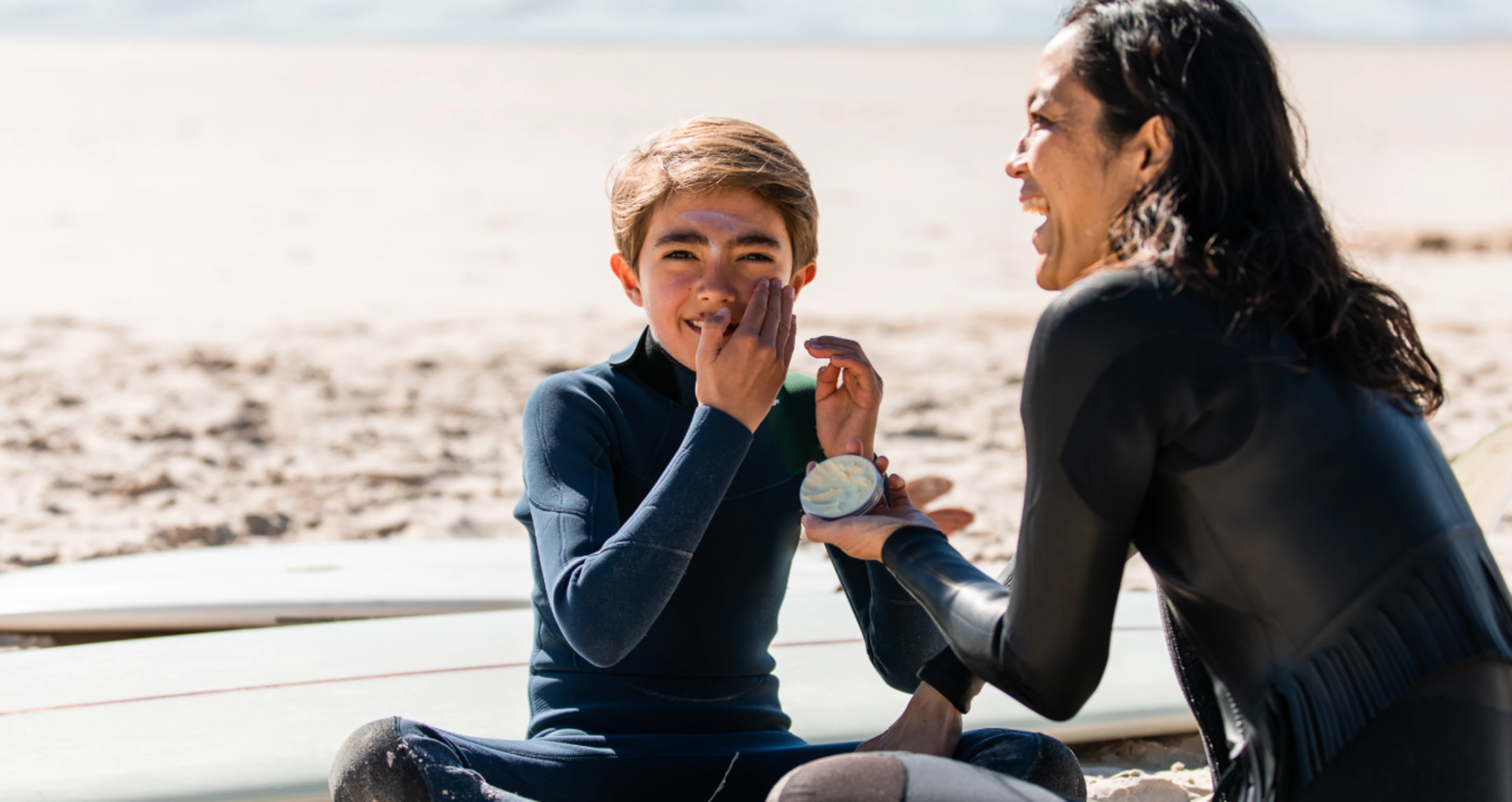TAL SpotChecker
With two in three Australians diagnosed with skin cancer in their lifetime1, it's one of Australia's most common cancers. The good news however is that it is also one of the most easily detectable and preventable.

Any financial product advice is general in nature only and does not take into account any person’s objectives, financial situation or needs. Before acting on it, the appropriateness of the advice for any person should be considered, having regard to those factors. Persons deciding whether to acquire or continue to hold life insurance issued by TAL should consider the relevant Product Disclosure Statement (PDS). The Target Market Determination (TMD) for the product is also available.
TAL acknowledges the Traditional Owners of the lands across Australia as the continuing custodians of Country and Culture. We pay our respect to First Nations peoples and their Elders, past and present.
© TAL Services Limited a Daiichi Life Group Company. "TAL is Australia's leading life insurer" based on Inforce premiums for risk only life insurance policies, NMG Consulting (2022).
Life insurance issued by TAL Life Limited ABN 70 050 109 450 AFSL 237848.
